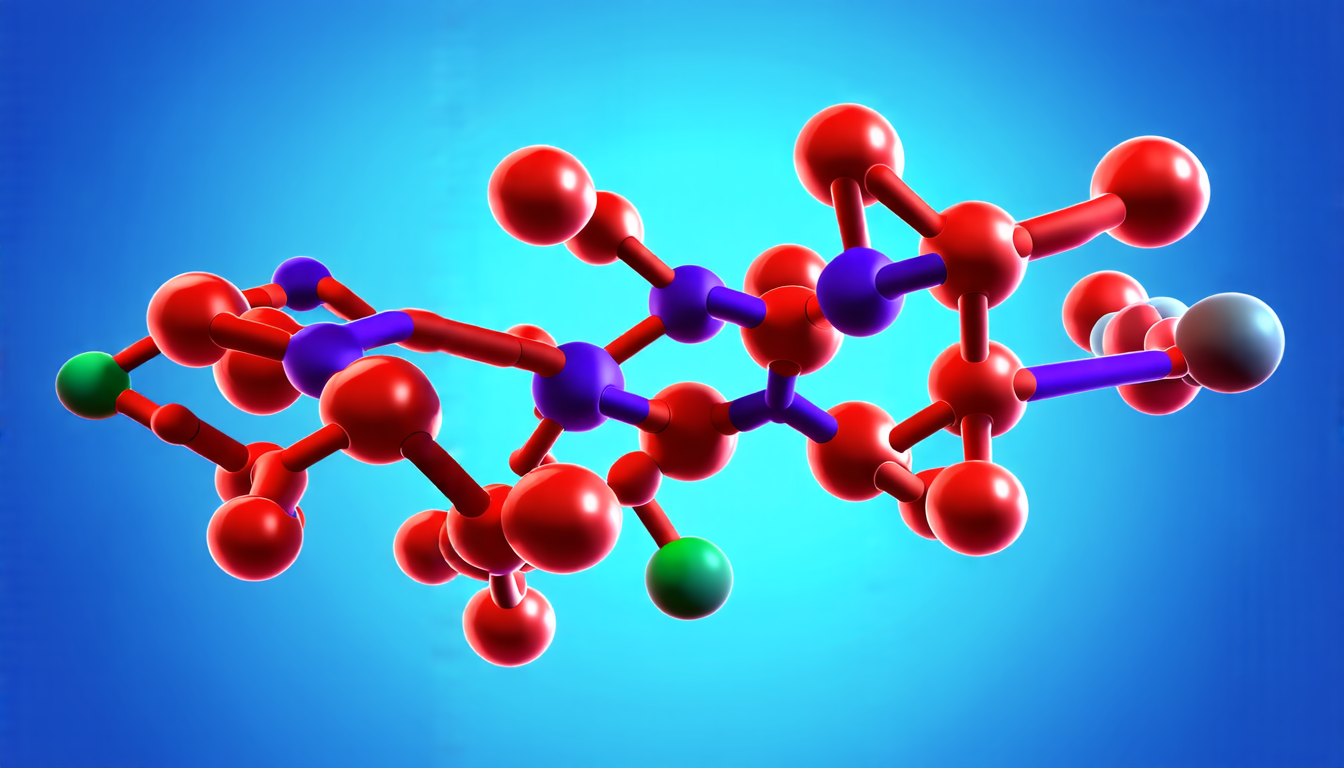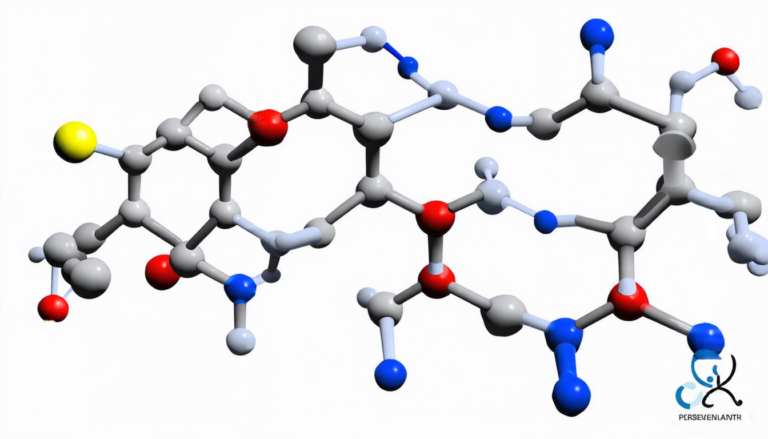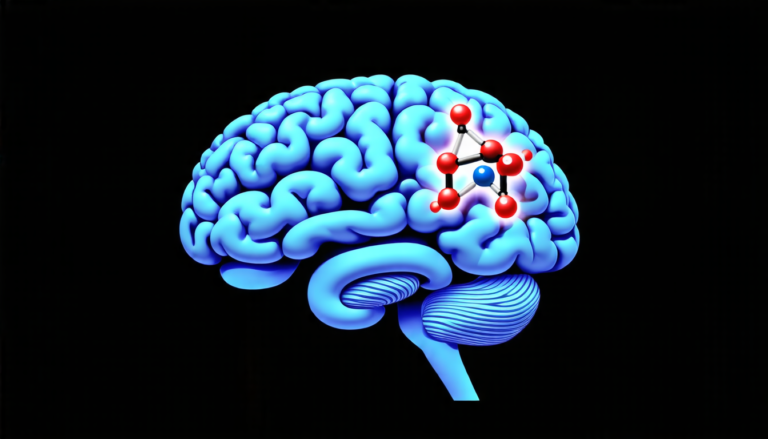Monday 07 April 2025
Scientists have made a significant breakthrough in the field of protein design, allowing them to create novel proteins with specific structures and properties. This achievement could lead to new treatments for diseases and better understanding of biological processes.
Proteins are complex molecules that perform a wide range of functions in our bodies. They can act as enzymes, helping to break down nutrients into usable forms, or they can serve as structural components, giving shape to cells and tissues. However, designing proteins from scratch has long been a challenging task, as the vast number of possible combinations of amino acids makes it difficult to predict how a protein will fold and function.
The new approach, developed by researchers at NVIDIA, uses 3D ellipsoids to describe the structure and properties of a protein. These ellipsoids are like building blocks that can be combined in different ways to create unique proteins with specific functions. By using machine learning algorithms, the researchers were able to train a model to predict how these ellipsoids would interact with each other, allowing them to generate novel proteins.
The team used their approach to design proteins that could bind to specific targets, such as enzymes or receptors, and then tested these proteins against real-world targets. They found that the designed proteins were able to bind to their targets with high affinity, suggesting that they could be useful for therapeutic applications.
One of the key advantages of this new approach is its ability to generate novel proteins with specific properties. This could lead to the development of new treatments for diseases that are currently difficult or impossible to treat. For example, the researchers were able to design a protein that could selectively bind to and destroy cancer cells, while leaving healthy cells intact.
The use of 3D ellipsoids also allows for more flexibility in designing proteins than traditional approaches. With traditional methods, it can be difficult to predict how a protein will fold and function, making it challenging to design proteins with specific properties. The ellipsoid approach eliminates this uncertainty, allowing researchers to design proteins that are tailored to their specific needs.
The potential applications of this new technology are vast. It could be used to develop new treatments for diseases, such as cancer or Alzheimer’s, or to create novel biological systems that can perform tasks such as environmental remediation. It also has the potential to revolutionize our understanding of protein structure and function, allowing researchers to better understand how proteins work in the body.
Cite this article: “Protein Structure Generation with Ellipsoids: A Novel Approach to Designing Novel Proteins”, The Science Archive, 2025.
Protein Design, Machine Learning, 3D Ellipsoids, Protein Structure, Protein Function, Enzyme Binding, Receptor Binding, Cancer Treatment, Alzheimer’S Disease, Biological Systems







